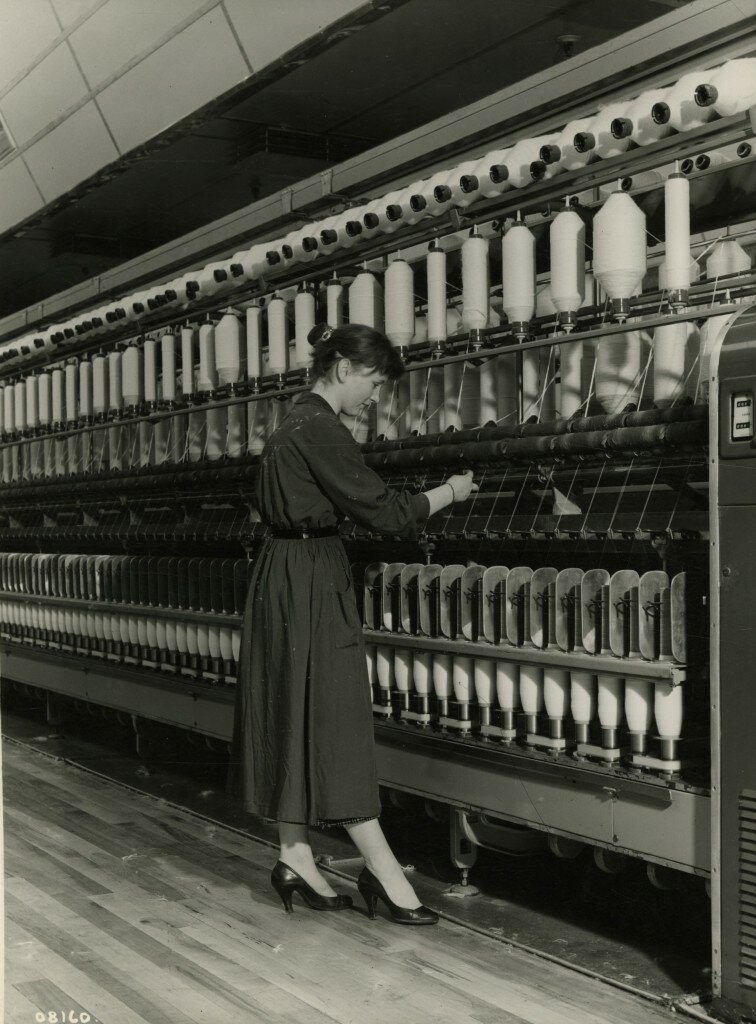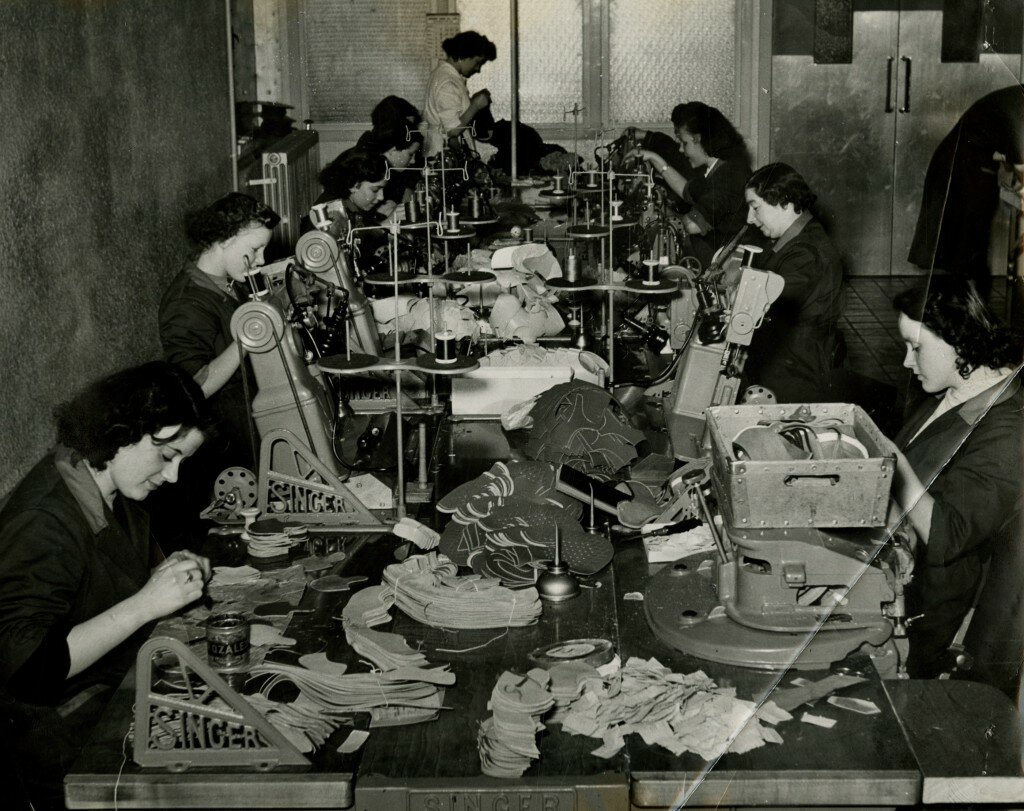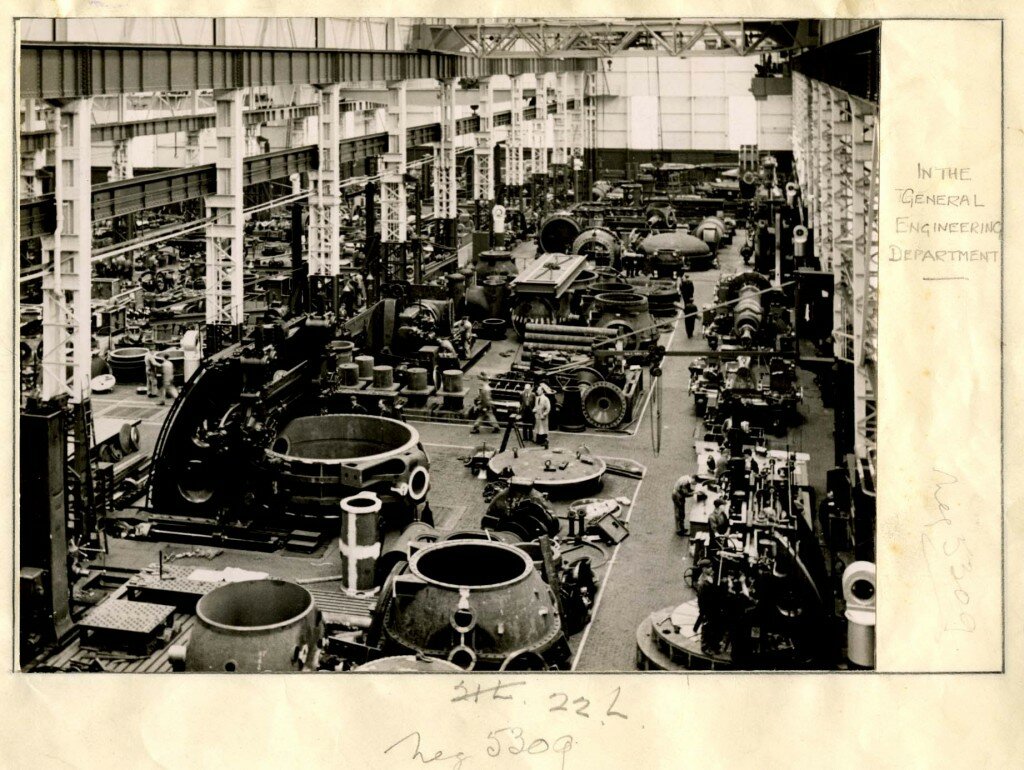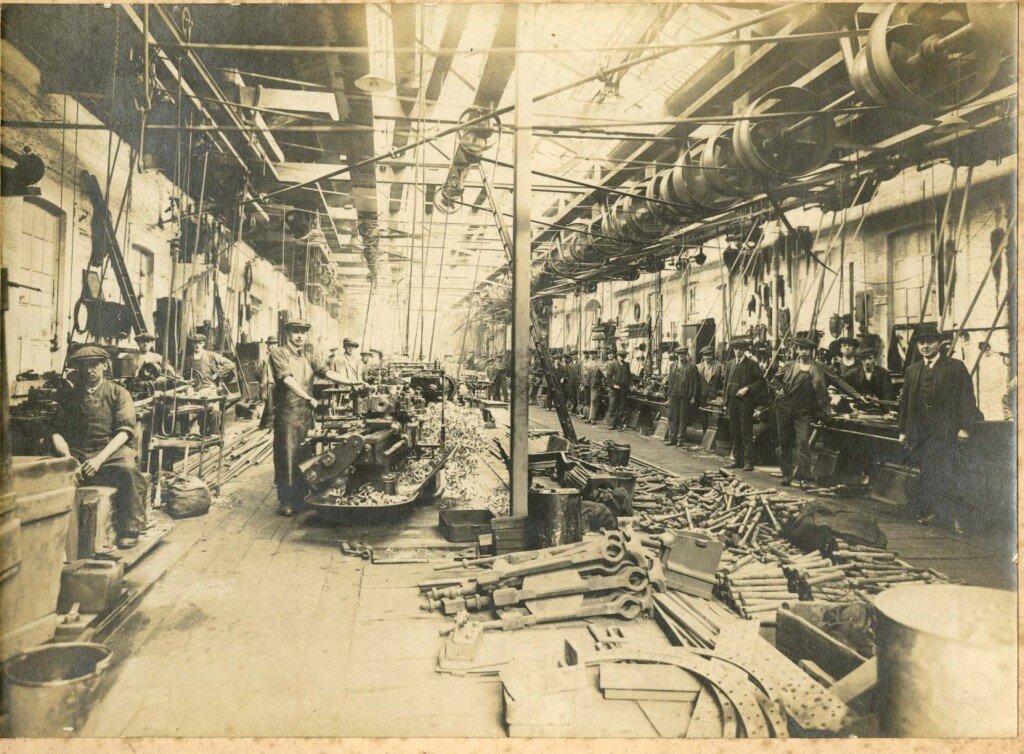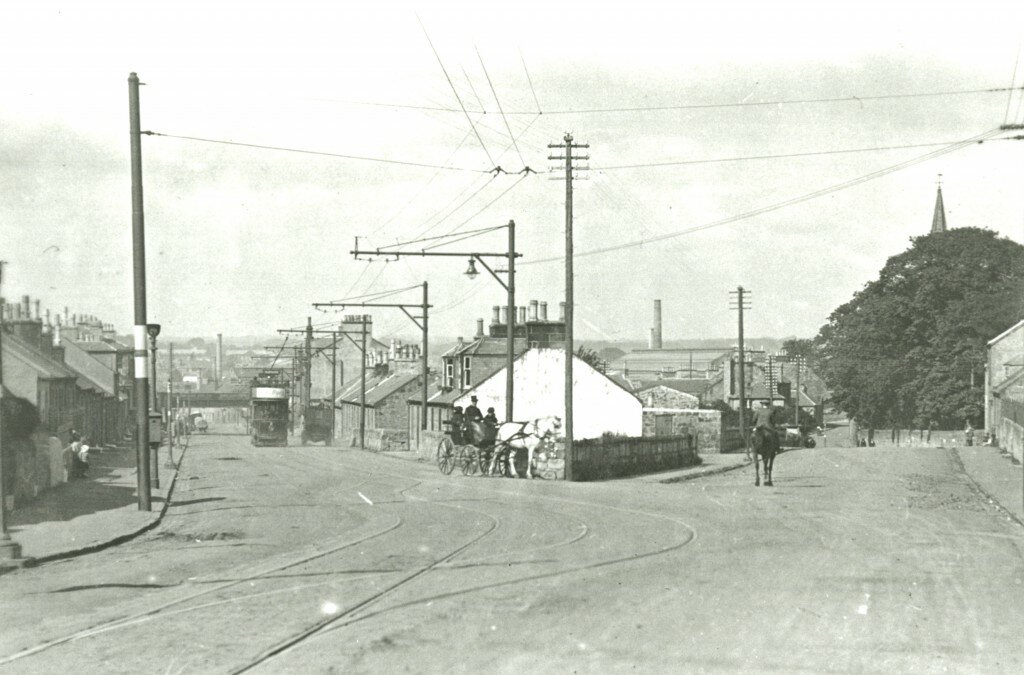This story is an extract from the The Ayrshire Museum, compiled by William Howie Wylie (Kilmarnock, 1891). This book is a real treasure trove of local history, anecdotes and extracts from the late 19th century.
An Incident in the Kay Park
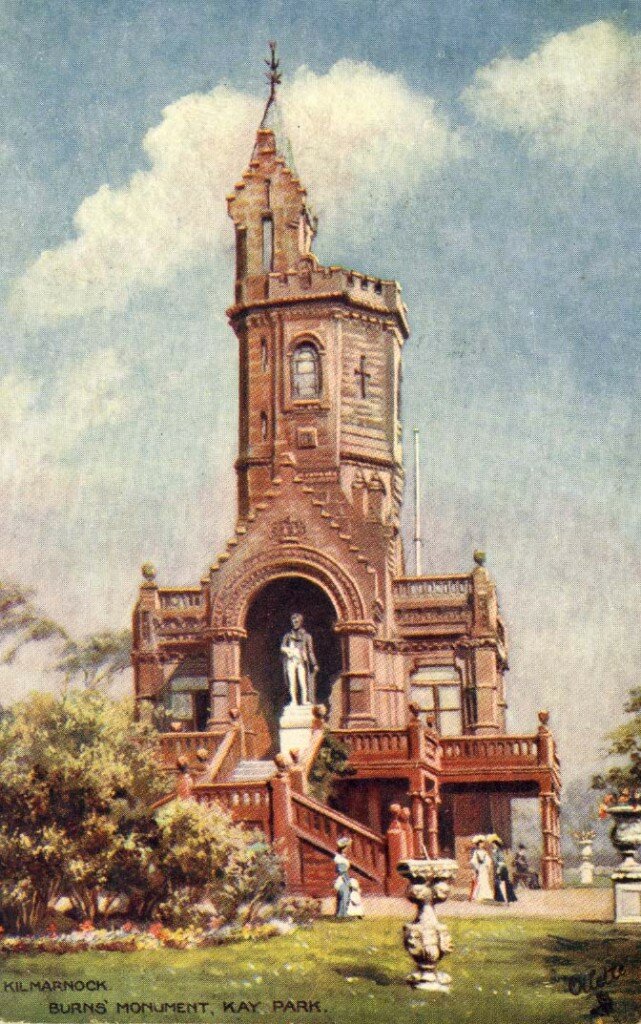
It was in the summer of 1879 I had occasion to pay a holiday visit to Kilmarnock. I spent a pleasant evening with some friends, and early in the morning following proceeded to the Kay Park. Many sweet recollections of my boyhood passed through my memory as I traversed the green sward on the brow of the Clerk’s Holm, now one of the portions of the Park, the spot where I used to dig up the drunt root with one eye, and watch the gamekeeper with the other, at times taking a sly glance at the river and looking out for the shortest cut in it to get through if he happened to come on our path. This spot was a great resort of Townhead boys 30 years ago – a vast difference now-a-days when they can go through it with ease of mind if they do that which is proper. I wended my way up to the Monument. I was somewhat intimate with the keeper who held the appointment then, and was very courteously received by him. During our conversation he related an interesting incident that had occured through the week at the Monument. He said that early one morning, on looking over the balustrade, he saw an aged but respectable-looking woman coming up the stairs with a basket over her arm. On reaching the top she addressed him somewhat in this fashion: “Sir,” she said, “I have come from Mauchline this morning to see the poet. I have brought with me his wife, Jean Armour’s, silk shawl. I have one request to make of you, and I hope you will grant it. I wish you to wrap this shawl round the poet’s shoulders.” The keeper willingly did as she wished him – he stepping on the base of the statue – and allowed the shawl to remain for a short period. Many a time this incident has struck me very forcibly since. I can imagine I see the scene, giving strong proof that the belles of Mauchline still hold our national poet in admiration. The keeper made some enquiry how she came in possession of this relic. She said it had been handed down to her through lineal descent; she, in some way, being connected to Jean Armour. He also asked her if she would not part with it if she got a fair offer for it. She answered him in the negative. She had given it out several times to parties who had been getting married. On the last occasion it was out it was returned to her with a mouse hole in it; and from that date she kept it like the apple of her eye, resolved that no one would get it till she was no more. I think this is a relic that should not be lost sight of for the Burns collection in the Monument.
Townholm Boy
Ayr, 12th July, 1881

